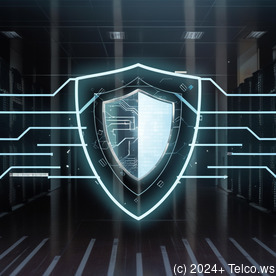Importance of Authorization
- Data Security: Proper authorization helps prevent unauthorized access to sensitive data, essential for protecting against data breaches and maintaining compliance with regulations (e.g., GDPR, HIPAA).
- Resource Management: Authorization allows organizations to manage resources efficiently by ensuring users have access only to what they need to perform their jobs, minimizing the risk of accidental changes or loss of data.
- Trust and Accountability: Implementing robust authorization mechanisms instills trust in users and stakeholders, assuring them that their data is protected. It also allows for audit trails that promote accountability.
- Regulatory Compliance: Many industries are subject to regulations requiring strict access controls. Effective authorization practices help organizations adhere to these requirements, reducing the risk of fines or legal issues.




Types of Authorization
There are several types of authorization, each serving unique purposes and levels of control. The three primary types include:
1. Role-Based Access Control (RBAC)
In RBAC, access rights are assigned based on user roles within an organization. Each role is associated with specific permissions that allow users to carry out their responsibilities.
2. Attribute-Based Access Control (ABAC)
ABAC takes a more dynamic approach by considering various attributes to determine access. These can include user characteristics, resource characteristics, and environmental conditions.
3. Discretionary Access Control (DAC)
DAC allows users to control access to their resources, affording flexibility but potential security risks if not managed properly.




Authorization Models
Various models have emerged to facilitate the implementation of authorization systems. Here are a few significant ones:
1. Security Assertion Markup Language (SAML)
SAML is an XML-based protocol that allows secure web-based single sign-on (SSO) across different domains.
2. OAuth 2.0
OAuth 2.0 allows third-party applications to access user data without sharing user credentials, enabling secure API access.
3. OpenID Connect
Built on OAuth 2.0, it adds an identity layer, allowing clients to verify user identities.
4. JSON Web Tokens (JWT)
JWT is a compact way of securely transmitting information between parties as a JSON object, simplifying identity verification.




Best Practices for Authorization
- Principle of Least Privilege: Users should only have access to resources necessary for their specific roles.
- Regularly Review and Update Access Rights: Periodically auditing user access rights helps maintain compliance.
- Implement Multi-Factor Authentication (MFA): This bolsters security by requiring multiple verification factors.
- Use Role Descriptions and Documentation: Clear definitions facilitate understanding of authorization policies.
- Monitor and Log Access Events: Regular monitoring helps identify unauthorized access attempts.




Authorization is a cornerstone of information security, dictating who can access specific resources and what actions they can perform. By understanding the types of authorization, the models in which they operate, and applying best practices and the right tools, organizations can significantly mitigate risks associated with unauthorized access and ensure their data remains protected.
Interested in Buying?
As stated, the price for our product, the Authorization Assessment Package, is $749 USD. Please proceed to our Checkout Gateway and follow the instructions to use our Payment Processor to pay the indicated amount of $749 USD in favor of our Company. Once you have paid, kindly contact us via email, phone, or our site with the payment receipt and your details to arrange the service. Thank you for your interest!





























